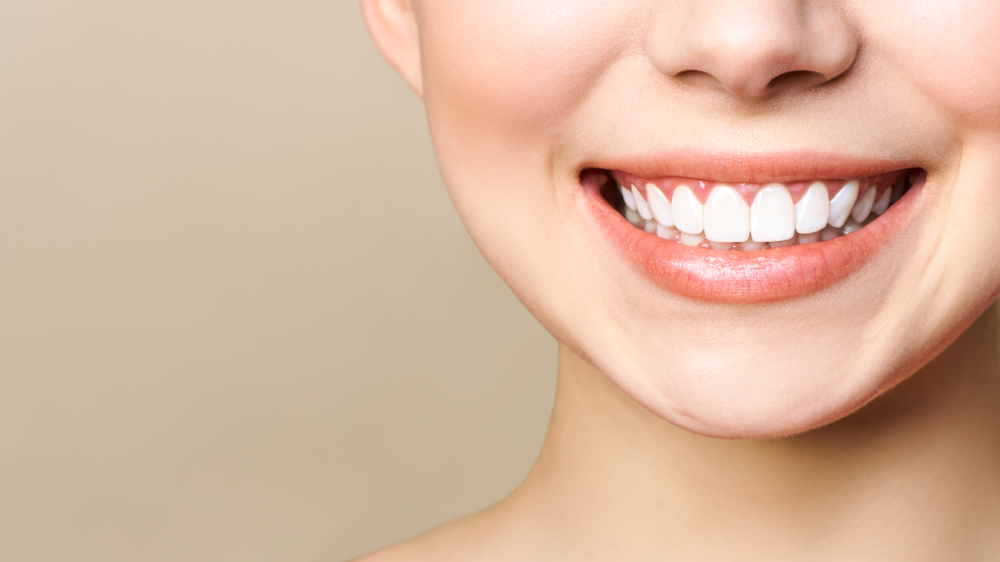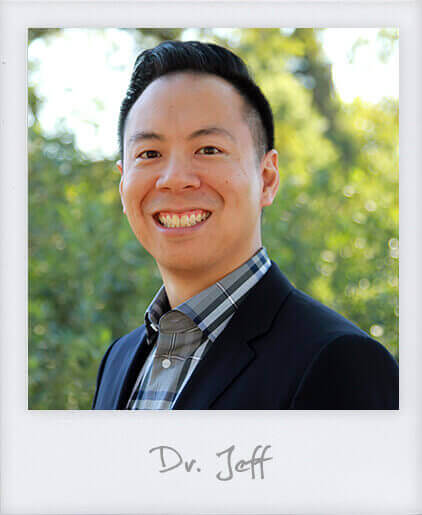
I’ve been hearing and reading about an increasing number of people saying their back teeth don’t touch after online, at-home clear aligner “treatment.” Unfortunately, this problem, technically called a posterior open bite, is a pretty common side effect of direct-to-consumer aligners. What causes this to happen? Can it be fixed? Let’s talk about it.
First, What is an Open Bite?
An open bite is when the upper and lower teeth don’t meet when the jaw is closed. An anterior open bite is most common. This is when the back teeth come together, but the front teeth don’t touch. A posterior open bite, on the other hand, is when the teeth towards the front of the mouth touch when the jaw is closed, but the back teeth don’t meet.
An open bite should be treated. If it’s not, it can cause problems with chewing and speaking. It also puts stress on the temporomandibular joints (TMJ) and entire chewing system, which may lead to pain and TMJ dysfunction. Plus, the front teeth that do meet are bearing the entire brunt of your bite forces, so they’ll start to wear down prematurely and can even chip or crack.
Why Are My Back Teeth Not Touching After At-Home Aligners?
If your back teeth don’t touch after Invisalign® or at-home aligners, it’s because an expert didn’t plan, oversee and make the necessary changes to your treatment. That might sound harsh, but after dental school, orthodontists complete two to three years of additional speciality training in an orthodontic residency program.
It’s during this training that we learn the intricacies of using appliances like clear aligners to straighten the teeth and align the bite. We’re experts in the biomechanics of tooth movement and know how to achieve your smile goals, while giving you a functional, healthy bite. While it might seem convenient to skip appointments, they are important because this is where decisions are made to keep correcting the bite.
Trusting your orthodontic treatment to an online clear aligner company or a general dentist can have unintended consequences like a posterior open bite. Clear aligners, including Invisalign, are just a tool. They’re only as good as the person who plans your treatment, because that’s who determines when and where each tooth in your mouth will move. You’d also be right if you’re thinking not all tools are the same, some have more expanded functions than others. Advanced tools can grab and pull on teeth, while others that don’t have handles on the teeth cannot.
To understand why the back teeth are not touching after Invisalign or at-home aligners, keep in mind:
Your Bite Changes When Your Teeth Shift
The way your upper and lower teeth come together is called your bite. It involves a complex relationship between your teeth and your jaw. Shifting the teeth will usually impact how well those top and bottom teeth fit together.
For example, crowded teeth move forward, while teeth with spaces between them move back. Your orthodontist accounts for this when creating your treatment plan, so that no matter which direction the teeth move, in the end, they’ll come together properly.
The problem is, clear aligners move the teeth in each arch independently of one another. They require auxiliaries like composite attachments and/or rubber bands to achieve more complex tooth movements and get the connective forces needed to align the jaw. A lot of consumers don’t realize that the direct to your door aligners will change your bite, but not put it back together.
Mail-order, DIY clear aligners don’t include attachments or elastics. They ONLY straighten the teeth. But straightening the teeth without addressing the bite is like painting an old car that needs a new transmission. Sure, it will look great, but it’s still going to break down.
Changes in Arch Length Also Impact the Bite
Unsurprisingly, crowded, overlapping teeth take up less space in your dental arch because they’re all squeezed in. When you straighten them, they suddenly take up more room, and that arch becomes longer. The opposite happens when correcting spacing. As the teeth are brought together, the arch becomes shorter.
So, say you have gaps between the teeth in your upper arch, as those teeth are pushed together, the arch will shorten and the teeth will move back. Now, when you close the jaw, your teeth will meet in the front first and the back teeth won’t be able to touch (posterior open bite).
Alternatively, if you purchased mail-order clear aligners or got Invisalign to fix crowded lower teeth, as the teeth are straightened, they’ll move forward and the arch will lengthen. Again, the incisors will now be the first to touch, stopping the back teeth from coming together.
It’s All About Clearance
When I plan out my El Dorado Hills Invisalign and InBrace (hidden braces) patients’ treatments, I evaluate how fixing crowding or spacing will impact their bite. Then, I adjust the plan as necessary. It’s important to create enough clearance so that when the teeth spread out or come together, it doesn’t leave you with a posterior open bite.
Depending on exactly what I’m fixing, I may open the bite (decrease how much the top incisors overlap the bottom incisors) in the early stages of your Invisalign treatment by using attachments. Or, I might have to incorporate techniques like teeth polishing to make a little more room. These things aren’t possible with at-home clear aligner treatment.
How to Fix an Open Bite After Clear Aligners?
If your back teeth don’t touch after clear aligners, it’s absolutely not too late to fix your bite. That said, the only way to treat the problem is to see a certified specialist in orthodontics. Don’t worry; I don’t judge. The constant barrage of social media ads that promise a gorgeous smile in six months with affordable clear aligners can be tempting. I get it!
When you come in for a complimentary consultation, I’ll evaluate your teeth and bite and create a custom treatment plan to get you back on track. Both braces and Invisalign are effective for open bite correction when an orthodontist directs your treatment.
If you feel anxious about getting Invisalign for your open bite after your at-home aligner treatment went wrong, we’re the first provider of InBrace® hidden braces in the Sacramento area. These behind-the-teeth braces are completely invisible.
Book a Consultation at Our El Dorado Hills Orthodontic Office
To find out more about your options for posterior open bite treatment or treatment for any other issues caused by at-home aligners, schedule a free consultation at Jeffrey Kwong Orthodontics today!


I love what you are saying about the Invisaligner bite. I used these in 2006 and was disappointed with the results and bite that did not align. I have had friends who have had the same bad results. I wish all orthodontists had your knowledge of the correct refinement treatment. I am again looking for an orthodontist to correct my shifting teeth, but unfortunately, I am in Beaverton, Oregon. Do you have any recommendations for orthodontists who are as knowledgeable as you in the Portland, Oregon, area?
Thanks Elizabeth, that’s very kind of you. In the Beaverton/Portland area, Dr. Bill Dischinger has a fantastic reputation. Keep in mind that any of these aligners (no matter the brand) are custom force delivery systems and the results will depend not only on the skill of the Orthodontist, but the participation of the patient as well =)